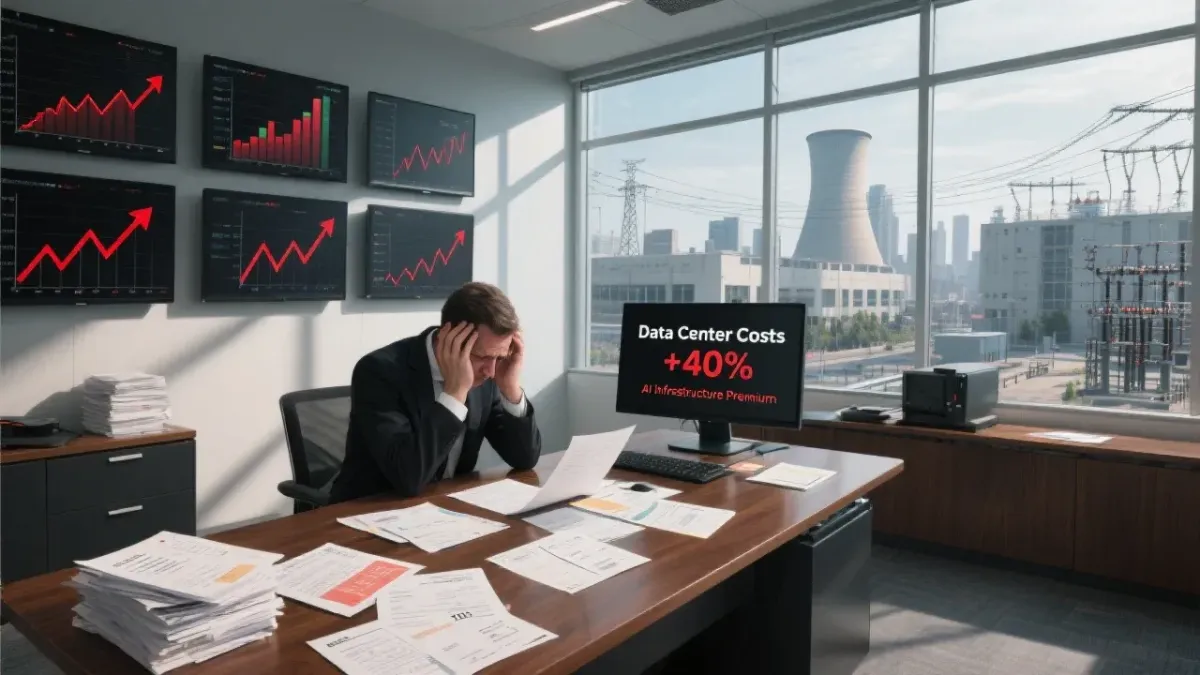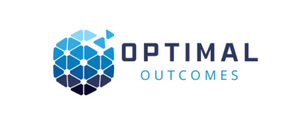Tel: 650-980-4870
Blog

Data Center / Colo Pricing Trends
Increased Operational Costs and Budgetary Pressure
The most direct impact is on a customer's bottom line. Rising lease rates for data center space, power, and cooling translate directly to higher operational expenditures (OpEx). For many companies, especially those with significant IT footprints, this means re-evaluating budgets and potentially reallocating funds from other strategic initiatives. The premium for specialized services is particularly sharp; as noted in the market analysis, AI-ready suites can command 40-60% higher lease rates, a significant cost increase for any company venturing into AI development Mordor Intelligence.
Strategic Shifts in Infrastructure Decisions
These cost pressures are forcing customers to make critical strategic decisions. They are no longer just choosing a provider but are engaging in a more complex evaluation of their entire IT strategy.
Location, Location, Location: With primary markets like Northern Virginia facing power shortages and high prices, customers are increasingly considering secondary markets (like Columbus, Phoenix, or even international hubs like Santiago or Mumbai) where pricing may be more favorable and capacity is more readily available CBRE. This involves a trade-off between cost, latency, and access to specific network ecosystems.
Colocation vs. Cloud vs. In-House: The rising cost of colocation is making some businesses re-evaluate their hybrid strategies. While building an in-house data center remains prohibitively expensive for most, the price changes might shift the calculation on which workloads are best suited for colocation versus the public cloud.
Contract Negotiations: Customers are now entering into longer-term contracts to lock in pricing and secure capacity, especially for large-scale deployments. This provides cost predictability but reduces flexibility.
A Segmented Market Experience
The impact is not uniform across all customers.
Large Enterprises and Hyperscalers: These major players have the capital and foresight to pre-lease massive amounts of capacity, often securing entire buildings or campuses on long-term deals. While they are driving the demand that increases prices, their scale gives them significant negotiating power and cost certainty that smaller customers lack.
Small and Medium-sized Enterprises (SMEs): SMEs often rely on retail colocation, which, while still a cost-effective model, is not immune to price hikes. They are more sensitive to rising costs and have less leverage in negotiations, making them more vulnerable to market volatility Grand View Research.
Why This Trend of Customer Impact Will Continue
The forces driving these price increases are not temporary market fluctuations; they are long-term structural shifts.
Unabated Demand from AI and Data Growth
The primary driver is the relentless growth in data and the computational power needed to process it. The AI revolution is just beginning. As more companies deploy AI models, the demand for high-density, power-hungry racks (drawing 40–80 kW per rack, compared to 5-10 kW for traditional racks) will only intensify Mordor Intelligence. This requires specialized, expensive infrastructure, and the premium pricing for these services will become standard.
Persistent Supply-Side Constraints
The physical limitations on the supply side are not easily solved.
Power Grids: It can take years to get new high-voltage substations approved and built. One utility in Northern Virginia warned of interconnection delays of up to eight years, a massive bottleneck that chokes supply and drives up the cost of available power Mordor Intelligence.
Land Scarcity: Suitable land near network hubs and power infrastructure in primary markets is increasingly rare and expensive.
The "Flight to Quality"
Finally, customers themselves are reinforcing the trend. As cybersecurity, data sovereignty, and uptime become more critical, businesses are willing to pay a premium for high-quality, resilient, and secure facilities. Customers are accepting 20-30% price premiums for direct, low-latency connections to public clouds because the value of that connectivity outweighs the cost Mordor Intelligence. This "flight to quality" ensures that top-tier facilities (like Tier 3 and Tier 4 data centers) will continue to command higher prices.
In conclusion, customers are not just passive observers of these market trends; they are actively feeling the financial and strategic impact. This will continue to be the case as the fundamental dynamics of massive demand growth and constrained supply are set to define the data center market for years to come.
Menu
Services
© Copyright 2023. Optimal Outcomes. All rights reserved.
